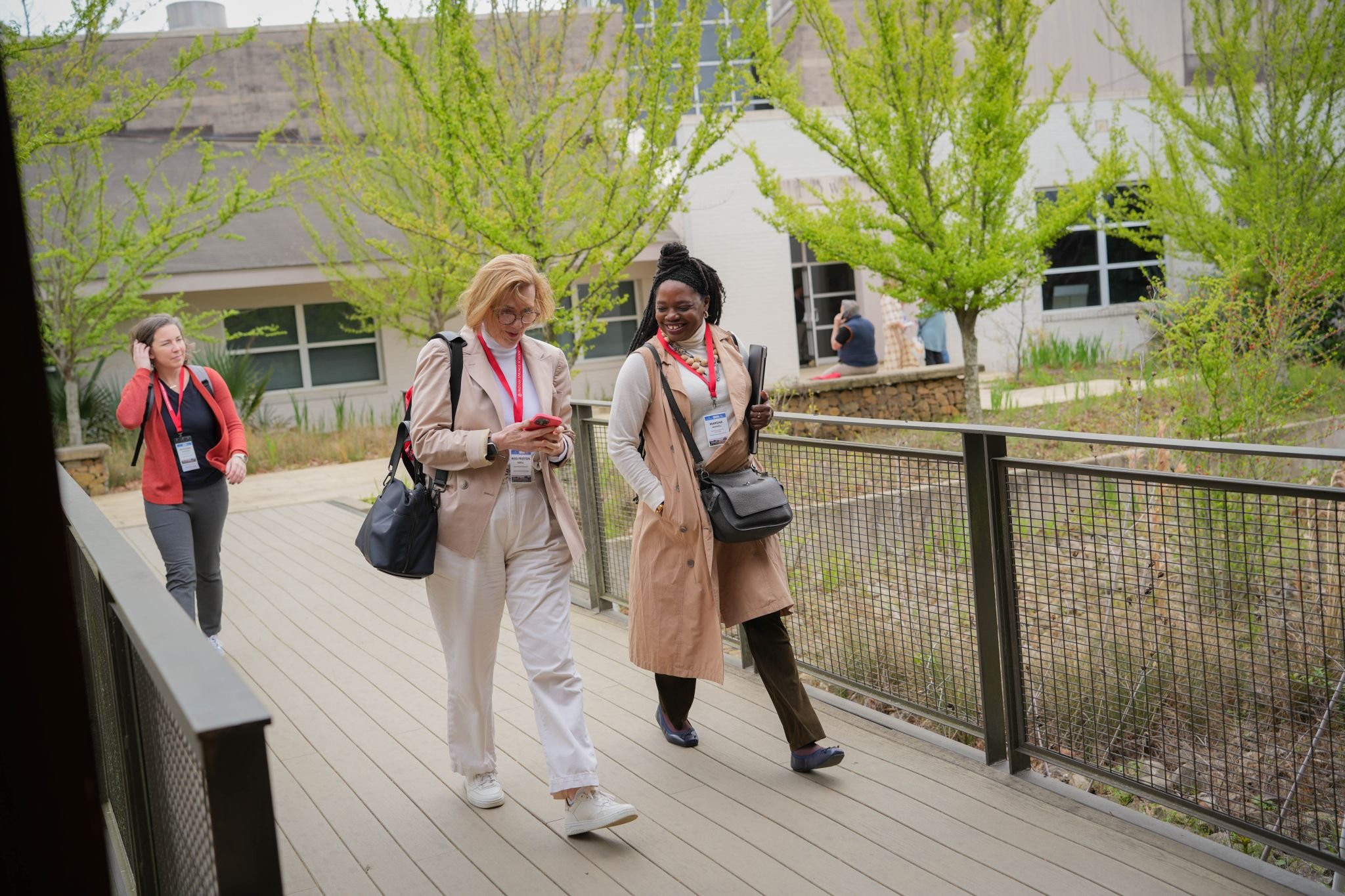Photo courtesy of Matthew Soule
In my last blog post, I wrote about integrating a retention mindset. As we approach end-of-year gatherings, I thought I’d reflect a bit on how the Small Boarding School Association has me as a loyal fan (i.e.: “a returning family” and one who refers others!).
I went to my first SBSA conference in 2018. That was an infamous event, where there were bank robbers, a snow storm, people in their PJs at the opening keynote, and so on. I was incredibly impressed by the team at Stuart Hall School in Staunton, Virginia and the SBSA Board. The event was seamless, and I’ve been trying to get back to this conference ever since. Well, 2024 was finally my year!
In March, I headed to Birmingham, Alabama and Indian Springs School to present at the conference. A huge shout-out to the conference organizers and our hosts at Indian Springs. The experience prompted me to reflect on the hallmarks of exceptional events, and more broadly, the way we can influence the “user experience” with our schools.
There are so many ways we interact with stakeholders every day. Assembly where parents are invited. Advancement events. Phone calls with current parents when they call the front desk to report an absence. Parent-teacher conferences (the ultimate retention event!). End-of-year celebrations of learning. Awards events, if your school conducts these. Consider how you want community members to feel and work backwards when designing experiences and interactions.
A conference such as SBSA is a concrete, time-bound example of how we want to show up for our communities, but we can use it as a case study. The way I felt at the conference is how we want all people at our schools to feel.
What made the SBSA conference so easeful, professional, and valuable:
1. Clear communication: Pre-conference communication was timely and clear. When I emailed with a question, I got a response seemingly immediately.
2. Focus on attendee needs: Naturally, there were welcoming remarks, acknowledgements, awards, and announcements, but these felt genuine and warm, and helped me feel connected to the event as opposed to a guest at someone else's show.
3. Logistics and comfort: On site, signage was perfect. People were available to direct us when we were confused. Food was plentiful and delicious. Snacks were out and easily accessible.
4. Over-delivering: There were some surprise-and-delight moments. A no-cost coffee truck appeared one day. There were lovely flowers outside every presentation room.
5. Pacing: I did not feel rushed. There was time between sessions to connect with people as well as find my way to my next thing.
6. Inclusive: People appeared genuinely interested in meeting each other and mixed easily and comfortably among the group.
The takeaways are clear and actionable immediately:
1. Communicate early and often. Respond promptly.
2. Focus on what really matters to your community as opposed to what matters to you.
3. Creature comfort is impactful in having people feel welcomed and relaxed.
4. Find ways to add some sparkle to your gatherings. At my wedding 20+ years ago, ice cream sandwiches magically appeared in the later part of the evening after many guests had left. People still talk about that!
5. Find the balance between keeping things moving and allowing grace and space in any schedule.
6. Be proactively friendly. Avoid the tendency to stick with who you already know. A sense of belonging is vital if we expect families to return and to recommend our school to others.
As we enter into end-of-year events, these ideas can help guide some of your planning. Again, start with how you want people to feel. These suggestions are not "big boulders" that make a gathering successful. Rather, these are the details that separate good from truly remarkable.
By the way, the conference in 2025 is going to be local to me, and I am already inviting others to it and blocking the time on my calendar. A raving fan, indeed!

